The traditional way of drinking coffee in Ethiopia Ethiopia, the world's most diverse coffee producer.
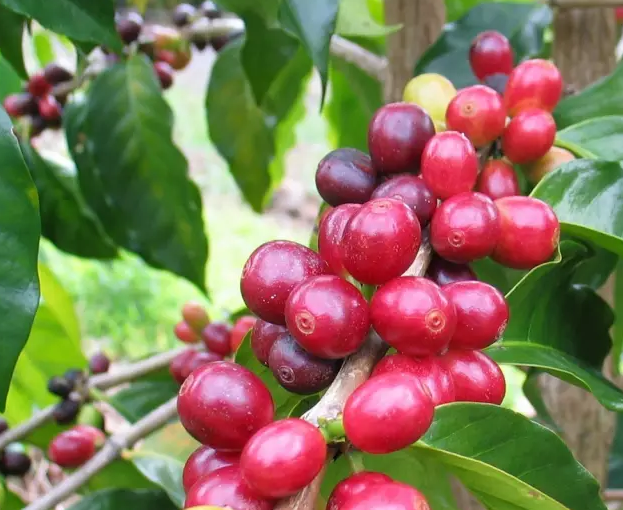
Ethiopia is the Garden of Coffee Eden, the hometown of Coffee. Genesis in the Bible says that the beautiful space where Adam and Eve first lived was the Garden of Eden. God placed the created man there so that all kinds of trees could grow out of the ground, pleasing to the eyes, and some fruit could be used as food. A river flows out of the garden of Eden and moistens it, and there is a tree of life and a tree that distinguishes good from evil. "the tree of good and evil": the original text is "tree, knowledge, good and evil", that is, "the tree of knowledge of good and evil". The fruit of this tree should be that when people eat this fruit, they can distinguish between right and wrong, good and evil by their own standards. Is it coffee called the mysterious fruit? Ethiopia claims to be the Garden of Coffee Eden, the paradise where Adam and Eve live. It must be in Ethiopia. This is not a masterstroke. It is the hometown of native coffee. This is the hometown of coffee. A treasure trove of coffee breeders' genes.
There are thousands or even tens of thousands of coffee beans in Ethiopia. Researchers and the coffee industry still know little about these varieties. Many of them are wild and growing in the mountains and forests have not yet been found. About 15 million of Ethiopia's population is related to coffee production. More than 1.1 million coffee growers, mostly in the form of small farmers' cooperatives, account for about 95% of Ethiopia's coffee production, and coffee production accounts for more than half of Ethiopia's GDP.
Ethiopia is the first place in the world where coffee trees are found, and coffee is grown almost everywhere in Ethiopia. It is divided into east and west walls by the East African Rift Valley, forming their own evolution. Due to the obstruction of the Great Rift Valley in East Africa, the types of coffee beans on the two sides of the wall are different. The beans of the Hara varieties in the eastern half are thinner and have the difference between long and short bodies. The varieties of primitive forests in the western half are numerous and complex, and the beans of Irubabo, Lake Tana, and Kinbi in the northwest are obviously stronger. East: capital Hara (Harar), West Dharma (Sidamo), Yega Xuefei (Yirgacheffe) mainly. In particular, the Eastern Highland Hara (Harra) produces the famous Halamoka, which has a special wine aroma and acidity, and is equivalent to Yemenmoka, making it a high-quality coffee.
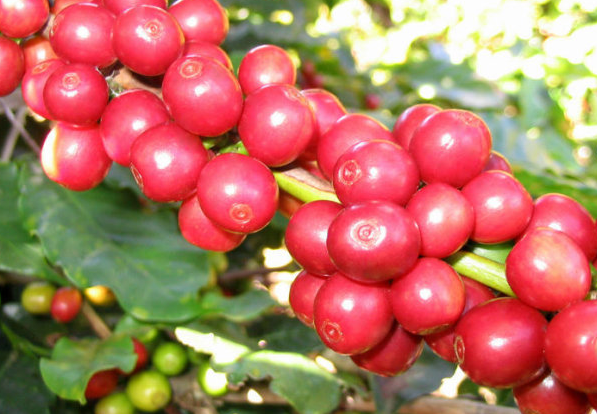
West: Lake Tana (Lake Tana), the capital Gimbi, Nekemti, Iruba, Limu, and Jimma, Bonga, Teppi, Bebeka of the Canadian Forest. Sidamo and Djimmah in the south are also well-known coffee producers, and the coffee produced is slightly different from that produced by Hara, with a refreshing sour taste and drupe aromas. In Sidamo, there is a functional variable called Yirgacheffe, which produces coffee with fascinating features, with aromas of jasmine and lemon, as well as a special taste as sweet as honey. Ethiopian authorities have registered trademarks for domestically produced coffee beans to improve the quality and protect the interests of farmers, including the well-known Yirgacheffe and Sidamo and Harar. At the same time, the way coffee beans are traded has been changed. The harvest of small farmers is collected by the joint cooperative, which is uniformly classified by the official ECX Exchange (Ethiopian Commodity Exchange) and sold in the name of the joint cooperative. It has changed the model of raw bean merchants purchasing directly from individual small farmers in the past. Become the country with the most diverse government tutoring cultivation system. Forest coffee (Forest coffee) refers to wild coffee trees in primeval forests. Protected by the government, there are special personnel to harvest. The total output is only 510%. Semi-forest coffee (Semi-forest coffee) refers to semi-wild coffee. Farmers regularly go to the forest to trim shade trees or coffee branches and leaves to increase light transmittance and fruit yield. The total output accounts for 35%. Rural coffee (Garden coffee) refers to small farmers grow their own, mixed with other cash crops, mostly under the elephant legs. The total output accounts for 50%. Plantation Coffee (Plantation coffee) open up state-owned or private land, similar to the entrepreneurial and scientific management in Central and South America. The total output accounts for only 510%. Ethiopia, the birthplace of coffee, has been drinking coffee longer than anyone else. Coffee is their national drink, even when eating staple food injera. Ethiopian restaurants are always full of fireworks, and most of them bake their own coffee for their guests.
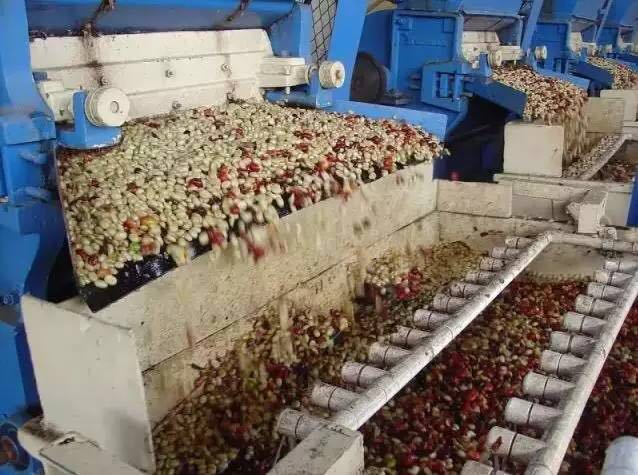
[coffee drinking ceremony] is an ancient and elegant art in Ethiopia. At the beginning of the ceremony, order aromatherapy, spread a new tablecloth, put on the best coffee cups, and then start roasting coffee beans. Slowly roast coffee beans over charcoal fire, roast them black and brightly, then let the guests smell the coffee beans. After picking out the sundries, put them into a wooden bowl and mash them into powder with a wooden pestle. This is a very important study for every Ethiopian, and holding a coffee drinking ceremony is a very grand thing in Ethiopia.
Important Notice :
前街咖啡 FrontStreet Coffee has moved to new addredd:
FrontStreet Coffee Address: 315,Donghua East Road,GuangZhou
Tel:020 38364473
- Prev
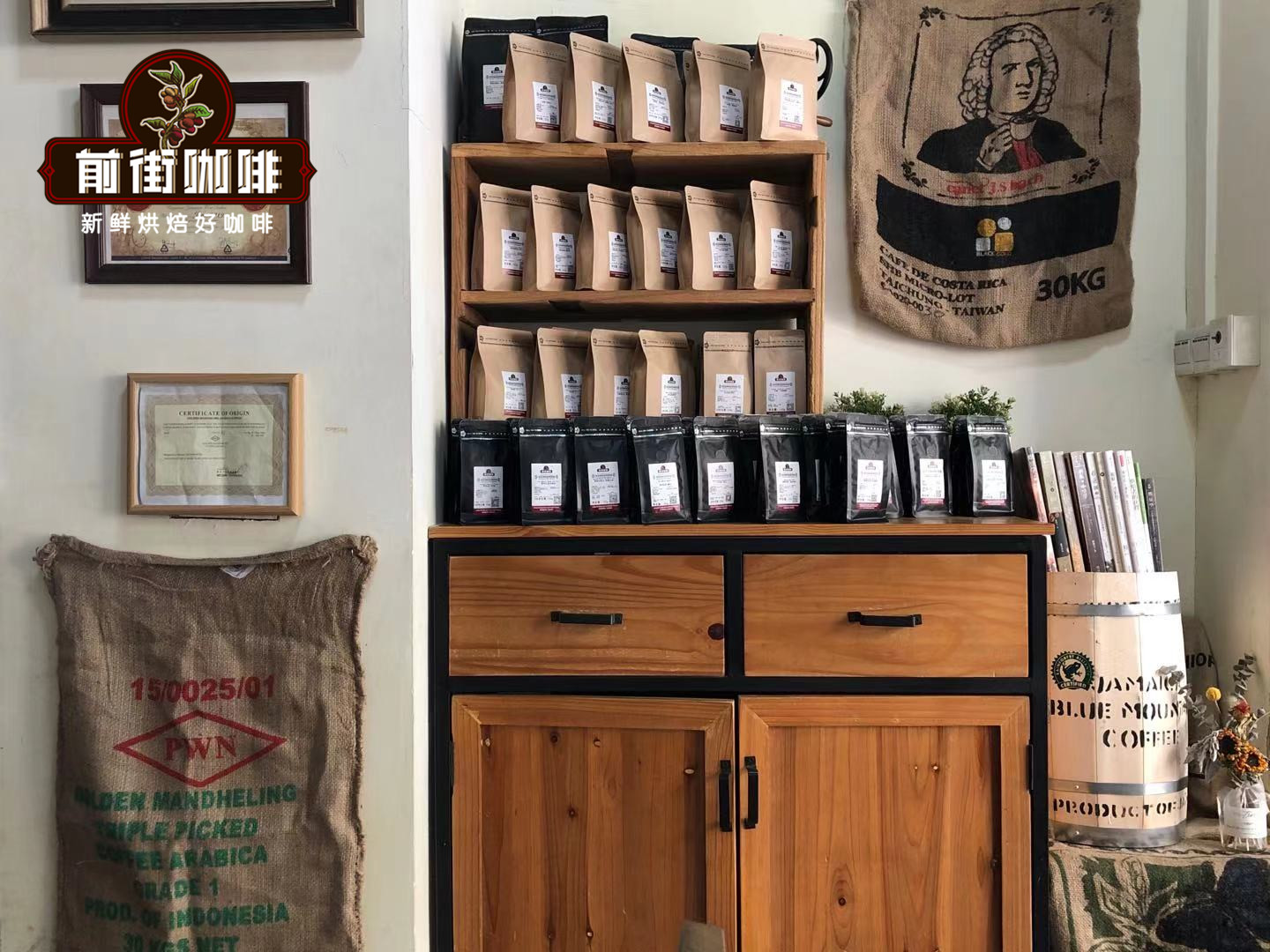
Cat poop Coffee Bean Flavor and Taste Story the difference between Yunnan Coffee Bean and Indonesia
Kopi Luwak (Kopi Luwak), also known as civet coffee (English: civet coffee, Indonesian: Kopi Luwak, Filipino: Kape Motit, Kape Alamid, Kape Mel?, Kape Musang). In Indonesian, Kopi means coffee and Luwak means civet. The natural producing areas and artificial farms of civet coffee are mainly concentrated in the island group of Indonesia.
- Next
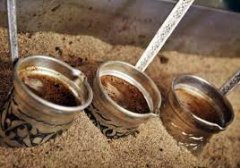
Treacherous coffee divination the origin of coffee drinking in the first place.
The treacherous Turkish coffee [Turkish coffee], also known as Arabian coffee, is the ancestor of drinking coffee. Turkish coffee and its traditional culture are listed as the intangible cultural heritage of UNESCO. It is an incomparably noble etiquette for Turks to make a cup of traditional coffee for visitors, even fasting in advance.
Related
- Beginners will see the "Coffee pull flower" guide!
- What is the difference between ice blog purified milk and ordinary milk coffee?
- Why is the Philippines the largest producer of crops in Liberia?
- For coffee extraction, should the fine powder be retained?
- How does extracted espresso fill pressed powder? How much strength does it take to press the powder?
- How to make jasmine cold extract coffee? Is the jasmine + latte good?
- Will this little toy really make the coffee taste better? How does Lily Drip affect coffee extraction?
- Will the action of slapping the filter cup also affect coffee extraction?
- What's the difference between powder-to-water ratio and powder-to-liquid ratio?
- What is the Ethiopian local species? What does it have to do with Heirloom native species?

